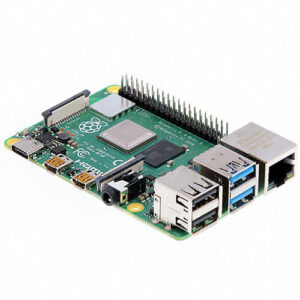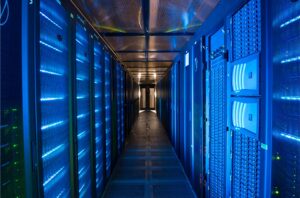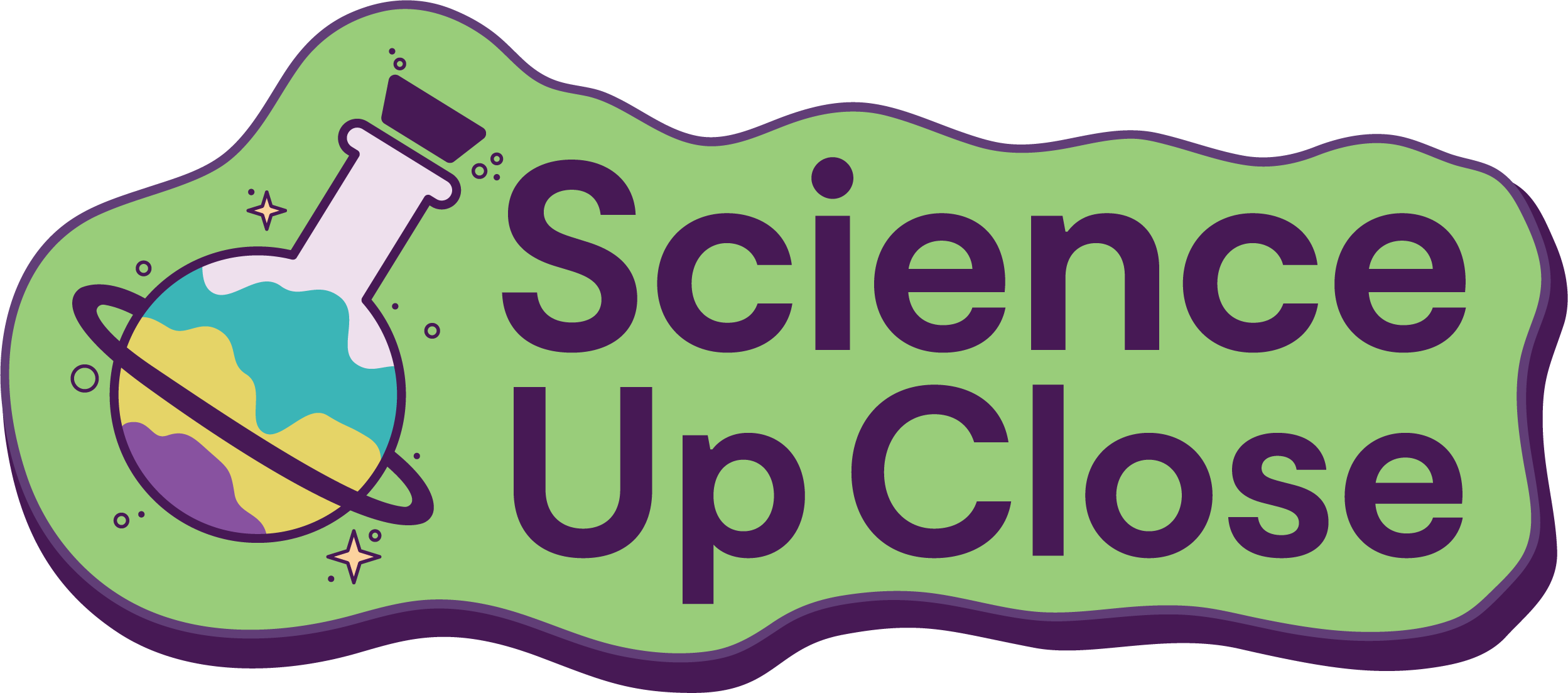
From the beginnings of virtual effects in films, to the future of artificial intelligence, machine learning and quantum computing, we’re always striving to push the boundaries of computing. We work with people all around the world to store and manage data, working together to understand weather patterns and climate change with the Met Office and uncovering the fundamental building blocks of our Universe with the Large Hadron Collider.
Get stuck into our Crafts & Activities for all ages, plan group sessions with our Lesson Plans & Fact Sheets, or click one of the links below to find even more info and opportunities!
Everyone Can Code!
A computer program is a set of instructions to perform some kind of operation, written in a language that a computer can understand. At the lowest level, the hardware of a computer runs on binary operations using logic gates, but writing programs in binary is extremely difficult for us humans, so we created different languages to act as a middle-ground. Some of the most popular programming languages include Python, Javascript and Scratch. Here you will find materials to get you started with learning to code, and some fun activities to test your knowledge.
Crafts and Activities
Find out more!
- Check out events and resources from the National Centre for Computing Education (KS1/5)
- Find coding challenges and courses for all ages with CodeCademy (KS1/5)
- Find coding challenges and courses for all ages with CoderDojo (KS1/5)
- Find free courses to improve your computing skills and knowledge with Coursera (KS4/5)
- See the Code Club Website (KS1/4) for details about coding groups for different age ranges.
- UK-based Hour of Code (KS1/5) for all skill levels.
- Find Scratch Projects (KS1/3) from the Boulby Team around the Remote3 Workshop
- Find RAL-PE Scratch Projects (KS1/3) and create your own remixes.
- The RAL-PE Introduction to Python Module on Github
- The RAL-PE SciBot Project on Github
Gadgets and Devices

There are many great ways to write programs that will interface and run on physical devices, beyond just using a computer. BBC Microbits, Arduinos and Raspberry Pi’s are just a few that can be easily adapted into your programs, and even come with sensors, detectors and displays to interact with the real world!
You can learn more about these devices and find some activities to get started from the resources below.
Crafts and Activities
Lesson Plans and Fact Sheets
Find out more!
- Get started with some BBC Microbits activities (KS1/4) from Digitall
- See the Raspberry Pi Website (KS2/5) for information and activites around the Raspberry Pi
- Start designing 3D models with TinkerCad
Big Data

Big data is commonly defined using the three “V”s: data containing a great variety, arriving in increasing volumes and with more velocity. For example, the Centre for Environmental Data Analysis hosts several Petabytes of Atmospheric and Earth Observation data from several decades, and the archive of data is growing every year at an ever faster rate. Find out more about how data in such high volumes is stored, analysed and transferred with the resources below.
Find out more!
- Find info from the Scientific Computing Department about events and resources.
- Learn more about Earth Observation from this YouTube video.
- Learn more about Machine Learning from this YouTube video.
- Learn more about isualising Data using the RSG Web Visualisation Tool
- Learn more about the JASMIN Supercomputer based at RAL
- Lesson plan from Barclays Bank: Big Data, Big What? (KS3/4)
- Read the CEDA Annual Report to learn more about Big Data applications and the Environment.
Net Zero

UK Research and Innovation is committed to becoming net zero by 2040, which means that the net production of greenhouse gases by all UKRI councils must be completely negated; through a combination of reducing emissions of greenhouse gases and implementing methods of carbon capture from the atmosphere. Several projects are underway to support this goal, like the Digital Research Infrastructure (DRI) Net Zero roadmap, led by the Centre for Environmental Data Analysis (CEDA). Learn more about Net Zero goals and methods with the resources below.
Find out more!
- Find out more about the Data and Analytics Research Environments UK programme
- Learn more about the Road to Net Zero with this video from CEDA
- Read about the Net Zero Digital Research Infrastructure projects undertaken by CEDA
- Read the UKRI’s Net Zero Technical Report
